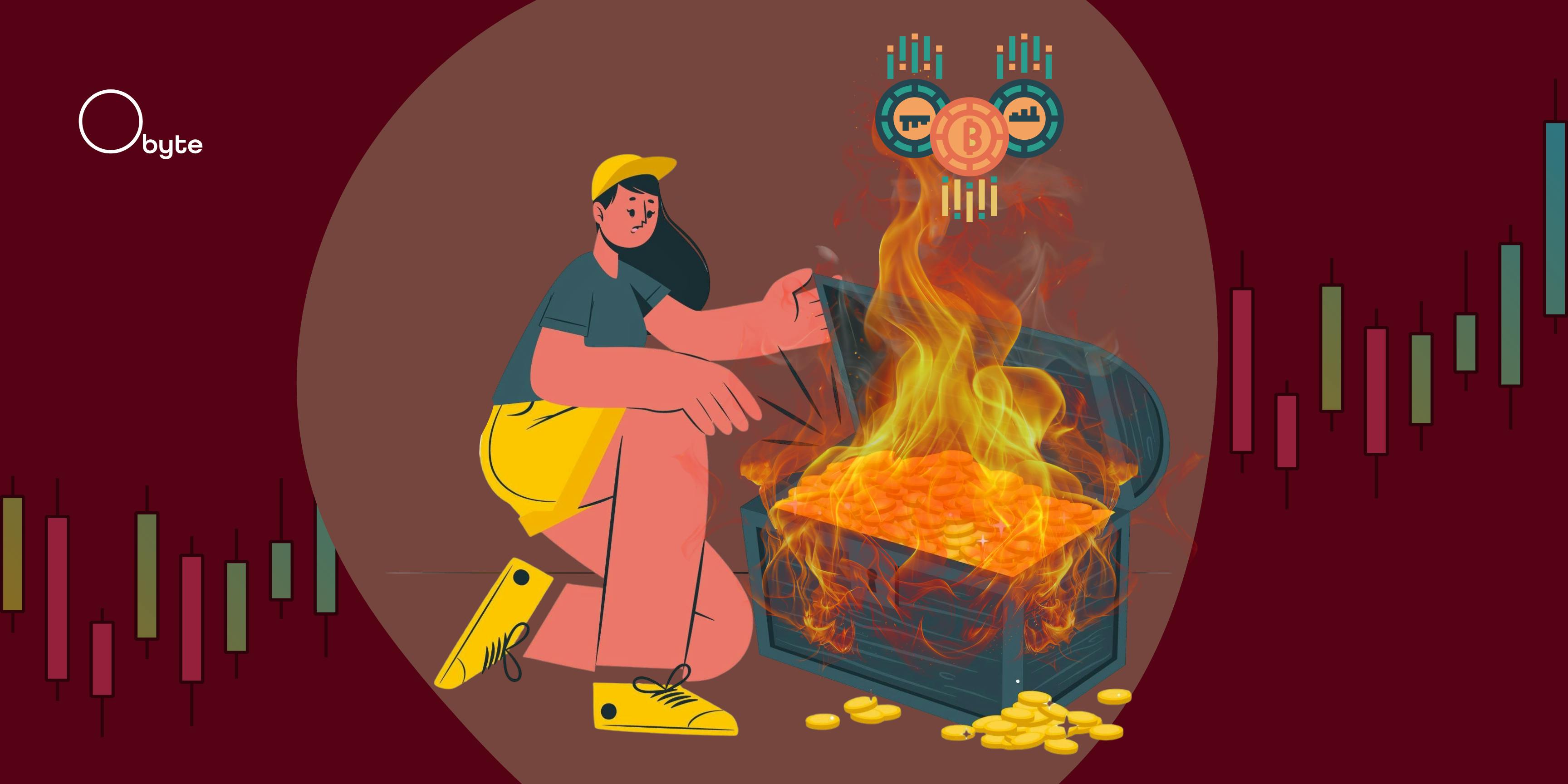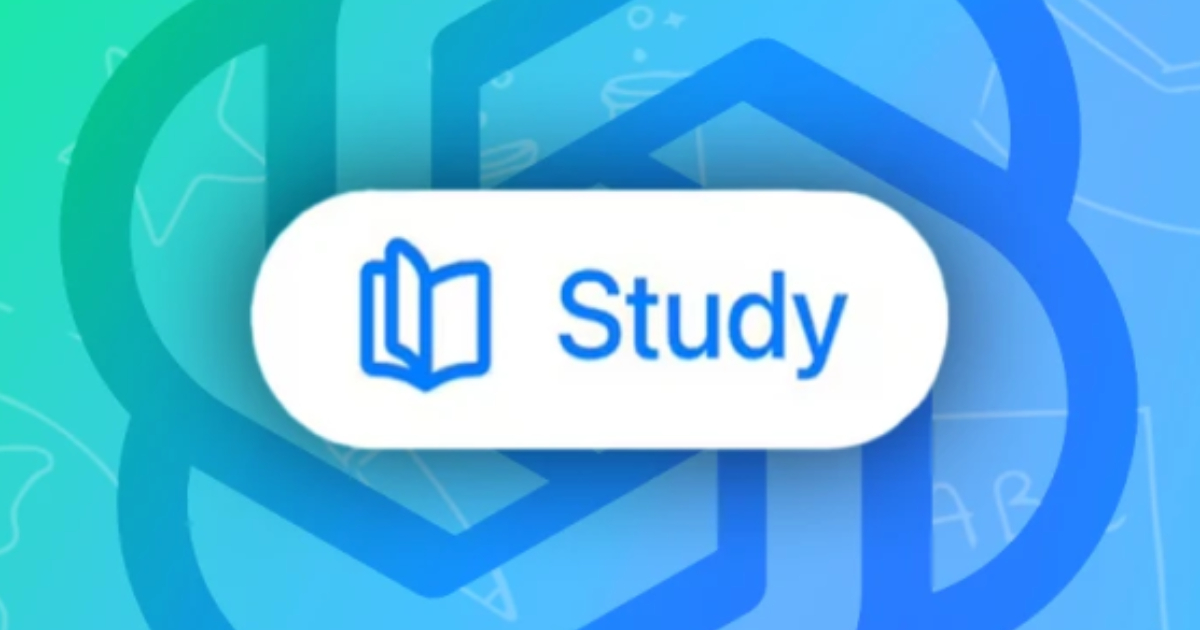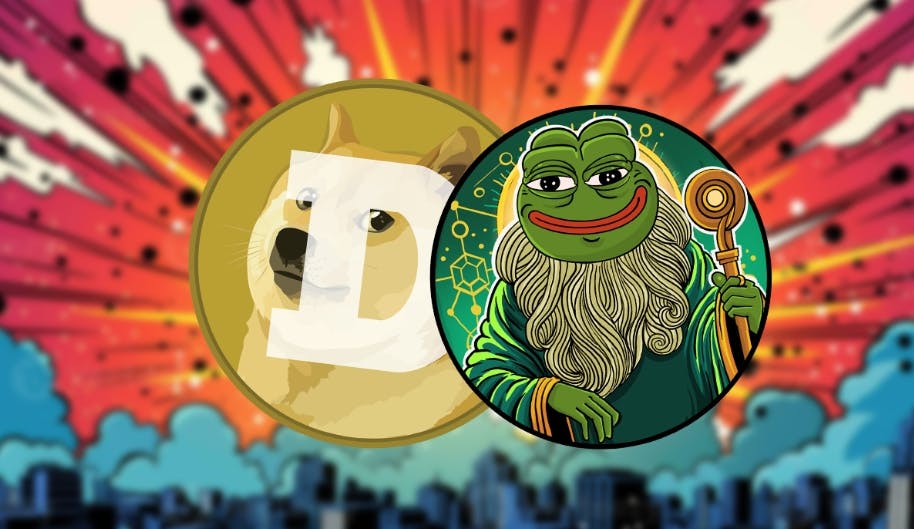Imagine if someone printed 1 million stickers, but every week, they took a few thousand and tossed them into a fire —permanently gone, never to be stuck anywhere. That’s basically what “token burning” means in the world of cryptocurrency.
Since crypto tokens live on a digital ledger, when someone decides to “burn” some of them, they send them to a special address that nobody can use. As if throwing coins into a bottomless well. It’s a way to reduce the total number of tokens in circulation, which might make the remaining ones more valuable.
But burning isn’t just about scarcity. It can also be a tool for trust, competition, and utility. Whether it’s rewarding users, powering apps, or making a system fairer, token burning has some surprisingly creative uses. Let’s take a closer look at how this process actually works.
How Does Token Burning Work?
As we’ve mentioned above, the trick to “burn” purely digital assets is to make tokens unspendable. That often means sending them to an address that has no private key, but there are several ways to do this.
Some burning methods are more transparent than others. For example, a network might use a
Another technique is to include a dedicated “burn field” in the transaction itself. Instead of sending tokens to an unusable address, you tell the network directly, “Hey, I’m sacrificing these tokens.” That makes it much easier to verify burns and see how much has been burned over time.
Importantly, burning isn’t something you do by accident. It’s always intentional and visible on the ledger. Whether someone’s doing it to prove a point or win a reward, it’s a deliberate move.
What’s the Point of Burning Tokens?
Now that we’ve seen how it works, let’s talk about why projects do it. Burned tokens can’t be recovered, so there’s usually a strategic reason behind it, not just setting them on fire for fun.
One of the most common reasons is scarcity. By reducing the total supply, burning can create more demand for the remaining tokens. It’s a bit like rare collectibles: fewer items, higher potential value. But that only works if people want the token in the first place. Burning a token no one uses doesn’t do much.
Another use is competition. In some systems, the person who burns the most tokens might
Burning can also help clean up. Some projects burn tokens that were
Token Burning on Obyte
After its latest major network update,
But why make burning official? Because it opens the door to new kinds of competition and fairness. In particular, it could help
This doesn’t just benefit sidechains, though. The more GBYTEs are burned through this process, the scarcer and potentially valuable they become, which is good news for holders. It’s also fully transparent, making it easy to track how much is being burned and why.
As we can see, while burning tokens might sound like crypto pyrotechnics, it’s indeed a smart tool: cutting supply, building trust, or powering useful features. Just make sure there’s a real purpose behind the fire. In Obyte’s case, this process was designed to be fair, open, and built for true decentralization.
Featured Vector Image by storyset /













